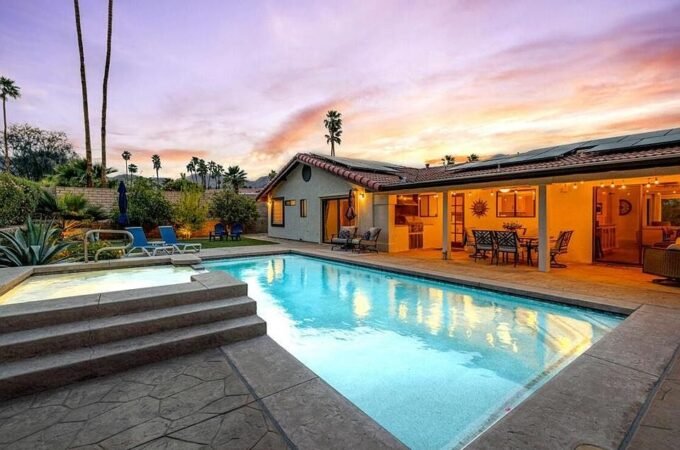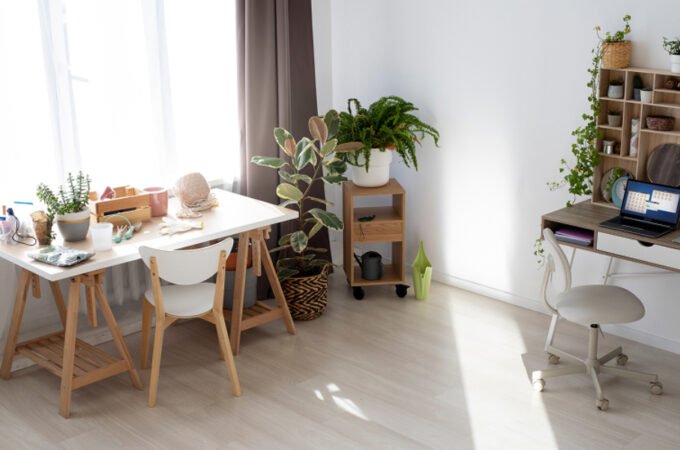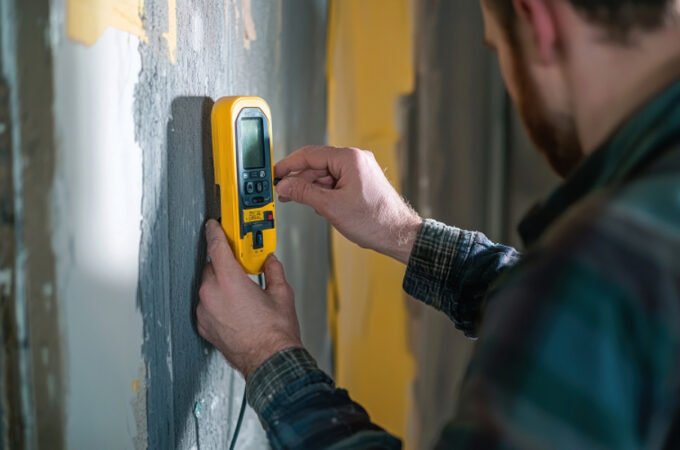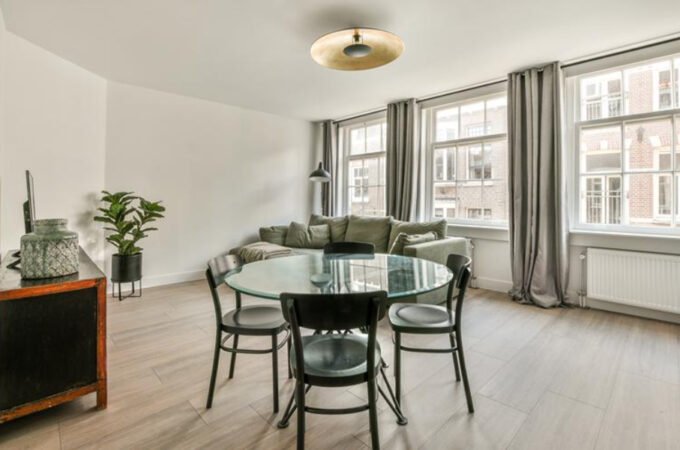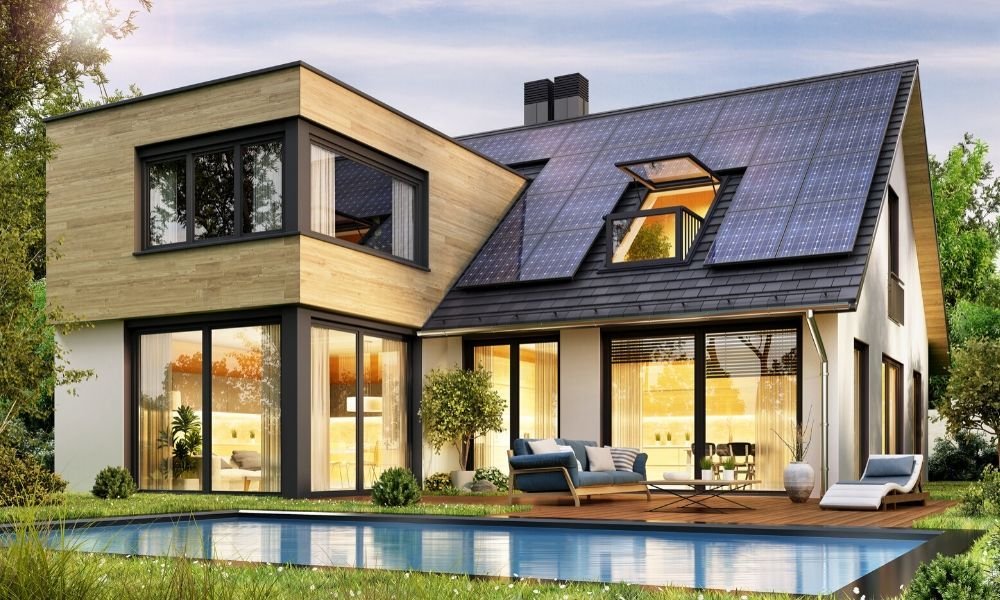
Benefits of Modern Commercial Roofing Systems
Table of Contents
ToggleKey Takeaways
- Modern roofing materials provide exceptional durability and longevity, outlasting older alternatives.
- Advanced, energy-efficient roofing solutions help companies save on utility expenses.
- Environmentally responsible roofs support corporate sustainability and regulatory compliance.
- Smart technologies enable early detection of problems, ensuring proactive roof maintenance and reliability.
Modern commercial roofing systems are fundamentally transforming the way businesses shield and preserve their commercial spaces, physical assets, and long-term financial interests. Once perceived as basic protective coverings, today’s roofing solutions have evolved into engineered marvels that combine innovative materials, advanced design, and remarkable functionality. By working closely with expert commercial roofing services, business owners and property managers now have unprecedented access to a wide array of new technologies, smart roofing systems, and eco-friendly materials. This breadth of choice means every roof can be tailored meticulously to match unique building requirements, climate conditions, and operational priorities. These advancements do much more than simply provide overhead protection; they drive significant improvements in cost-efficiency, enhance the sustainability profile of a property, and play a vital role in raising the overall value and desirability of commercial spaces. For organizational leaders seeking to stay ahead in a rapidly evolving business landscape, being informed about—and investing in—modern roofing technologies is not only advantageous but also essential for long-term strategic planning.
The benefits of next-generation commercial roofing systems are tangible, measurable, and far-reaching. Crafted with breakthrough materials and cutting-edge construction techniques, they answer the growing demand for energy savings, regulatory compliance, and healthier indoor environments. These smart roofing innovations are a pivotal element within comprehensive smart building strategies, offering more than just weather resistance or traditional insulation. With features such as remote monitoring, real-time diagnostics, and automated maintenance alerts, today’s commercial roofs enable building owners to manage their structures, significantly extending their operational lifespan proactively. In essence, the roofing system has become a cornerstone of business resilience and modernization, capable of adapting fluidly to ongoing shifts in technology, climate, and commercial real estate trends.
Enhanced Durability and Longevity
When businesses weigh roofing options, two key criteria invariably top their lists: reliability and value over time. Modern commercial roofing systems are designed with these priorities at the forefront, leveraging high-performance construction methods and state-of-the-art materials like corrosion-resistant metal panels, robust single-ply membranes (such as TPO or EPDM), and high-strength composite layers. These materials are designed not only to withstand the rigors of daily exposure to sun, wind, and precipitation, but also to endure extreme weather events—from hailstorms to high winds and even the freeze-thaw cycles standard in many regions. For instance, expertly installed metal roofs can last four times longer than traditional asphalt systems, with expected lives ranging from forty to even one hundred years. This durability is often matched by equally impressive warranty periods, sometimes covering fifty years or more and offering business owners lasting peace of mind.
Moreover, modern roofing systems require far less frequent upkeep and fewer emergency repairs, minimizing costly disruptions and ongoing maintenance expenditures. The inherent strength and endurance of these new materials translate into fewer leaks, less frequent patching, and a much lower risk of catastrophic failure. This reliability is especially critical for enterprises that store sensitive equipment or valuable inventory, and for companies for whom even brief downtime can result in significant revenue losses. In the long run, selecting genuinely durable roofing not only ensures continuous business operation but also optimizes the total cost of ownership, making it a truly judicious investment.
Energy Efficiency and Cost Savings
As energy costs rise and sustainability becomes a top priority for companies worldwide, the case for energy-efficient commercial roofing is stronger than ever. The latest roofing solutions are designed from the ground up to deliver significant, measurable reductions in heating and cooling requirements. They incorporate advanced cool roof technologies, which utilize highly reflective coatings, bright membranes, and materials engineered to repel rather than absorb solar radiation. In practical terms, this means a building remains cooler during summer, reducing dependence on power-hungry air conditioning units and, consequently, monthly energy bills. In the winter, high-quality insulation and advanced membrane layers help retain interior heat, keeping occupants comfortable and further driving down costs.
Over the years or even decades, these cumulative savings can represent a substantial return on investment, sometimes offsetting the initial installation cost of premium roofing materials. Many business owners discover that modern energy-efficient roofing can also unlock attractive incentives, such as utility rebates, green building grants, and tax credits at the local, state, or national level. The results extend beyond the bottom line: by lowering energy consumption, these systems help businesses shrink their carbon footprint and contribute meaningfully to broader corporate social responsibility goals. At the same time, energy-efficient roofs foster more stable and healthier indoor environments, supporting the well-being and productivity of everyone inside.
Environmental Sustainability
Sustainability is now a core focus for commercial building owners committed to staying ahead of industry standards and building codes. The latest commercial roofing systems offer innovative features that significantly reduce environmental impact, from production to end-of-life recycling. Many roofs can now be constructed using recycled materials, such as polymers, reclaimed metals, or repurposed rubber, thereby reducing demand for new raw resources and limiting landfill waste. Even more impactful are living or “green” roofs, which create a multi-layered system of waterproofing, soil, and living vegetation on top of a building. These living roofs not only provide valuable insulation but also absorb rainwater, reducing the burden on municipal drainage systems and lessening urban flooding risks.
In addition to managing stormwater and improving urban air quality, green roofs mitigate the urban heat island effect by cooling the building and its surroundings. According to the U.S. Environmental Protection Agency, green roofs are a proven strategy to combat heat islands in urban environments, offering both energy efficiency and improved comfort in densely built areas. They have the power to transform sterile rooftops into vibrant ecological zones, supporting biodiversity right in the heart of the city. At the end of their useful life, many modern roofing materials are designed to be recycled, ensuring that the cycle of sustainability carries on. For forward-thinking organizations seeking to achieve LEED, BREEAM, Energy Star, or other sustainability certifications, adopting an environmentally responsible commercial roofing solution is a crucial step on the journey toward greener, more resilient operations.

Advanced Technologies for Proactive Maintenance
The integration of innovative technologies into commercial roofing systems is revolutionizing property management and maintenance. Today’s advanced roofs may come equipped with embedded sensors that continuously monitor key performance indicators such as temperature fluctuations, humidity levels, moisture penetration, and physical stress from wind or load. These sensors connect to analytical software platforms or building management systems (BMS), which notify property managers in real time if issues such as leaks, stress fractures, or water damage are detected. This data-driven approach enables property managers and service teams to respond proactively, addressing issues early before they can escalate into major repairs or disruptions. As highlighted in Roofing Contractor, technologies such as Building Information Modeling (BIM) are further enhancing this process by providing detailed digital representations of roofing systems, which improve planning, monitoring, and maintenance strategies.
Proactive maintenance, guided by reliable and up-to-date data, results in a maximized roof lifespan and reduced liability by preventing preventable failures. Businesses also benefit from lower repair costs and fewer unexpected interruptions to their daily functions. Furthermore, as part of a broader innovative building ecosystem, these intelligent roofing systems can integrate seamlessly with other environmental and security controls, further streamlining building management. For organizations eager to maximize operational uptime, reduce risk, and extend the longevity of their facilities, investing in technology-driven roofing maintenance is a logical next step.
Improved Insulation and Indoor Comfort
Superior insulation is a distinguishing feature of today’s advanced commercial roofing systems. With innovations in foam, rigid board, and fiberglass technologies, modern insulation boasts higher R-values for greater thermal performance in a slimmer, lighter package. Such advancements enable building owners to optimize energy efficiency without increasing the structural load, a crucial consideration for retrofitted or architecturally sensitive buildings. Exceptional insulation ensures that interiors remain cozy and consistent in winter while keeping summer heat at bay, lessening the load on HVAC systems.
Enhanced indoor comfort has a direct impact on employee productivity and job satisfaction, which, in turn, can improve tenant retention rates and operational efficiency. Meanwhile, properties that maintain steady, comfortable indoor climates are often easier and less expensive to maintain over the long term. Combined with energy-efficient roofing technologies, up-to-date insulation stands as a cornerstone for best-in-class building sustainability, economic value, and occupant well-being.
Increased Property Value
Investing in a modern commercial roofing system has a direct impact on the value, marketability, and overall profitability of a property. Prospective buyers and tenants recognize the benefits—fewer repair headaches, lower energy costs, enhanced environmental responsibility, and increased peace of mind. Properties with new, high-tech, and well-maintained roofs often attract premium interest, command higher rental or sale prices, and experience shorter periods of vacancy. Additionally, an upgraded roof with transferable warranties and documented performance features adds tangible value for future owners, making the building a far more attractive asset in a competitive real estate marketplace.
For business owners and real estate investors seeking to future-proof their portfolios, the value uplift provided by state-of-the-art roofing cannot be overstated. It instills buyer confidence, enhances operational resilience, and positions the property at the forefront of the market, offering significant advantages in any economic climate.
Conclusion
The world of commercial roofing has evolved beyond simple coverings, emerging as a field rich in opportunities for innovation, cost savings, and environmental stewardship. By leveraging expert commercial roofing services, business owners and property managers can access cutting-edge technologies and choose from a diverse portfolio of high-performance materials. Whether the primary goal is lowering energy bills, enhancing sustainability credentials, or simply protecting mission-critical assets, adopting a modern commercial roofing system is a decisive step toward ensuring the ongoing success, sustainability, and value of your business investments for years to come.

Michelle Joe is a blogger by choice. She loves to discover the world around her. She likes to share her discoveries, experiences, and express herself through her blogs.


